Understanding Oxy Gas Welding Kits
What is an Oxy Gas Welding Kit?
An oxy gas welding kit is an essential tool for professionals and amateurs seeking a versatile solution for welding and cutting metals. Primarily utilizing a combination of oxygen and a fuel gas—most commonly acetylene—these kits facilitate creating high-temperature flames that allow for both welding and cutting operations. Oxy gas welding is a process that has been used for over a century, evolving with technology yet remaining central in various industrial applications.
In essence, the kit brings together all necessary components, including gas cylinders, hoses, torches, and regulators, enabling users to perform various tasks like brazing, welding, and cutting. This makes oxy gas welding critical across sectors such as automotive repair, metal fabrication, plumbing, and even artistic metalwork.
Key Components of Each Kit
An oxy gas welding kit typically comprises several essential components, each playing a crucial role in the efficacy and safety of the welding process:
- Oxygen Cylinder: This heavy-duty cylinder contains compressed oxygen, providing the necessary oxidizer for combustion.
- Acetylene Cylinder: Similarly, this cylinder holds acetylene gas, the primary fuel used in oxy-fuel welding.
- Regulators: These devices control the pressure of the gases flowing from the cylinders to the torch. Properly adjusted regulators ensure optimal flame characteristics.
- Hoses: Flexible hoses transport the gases from the cylinders to the torch. They are color-coded—red for acetylene and green for oxygen—to prevent mixing them up.
- Welding Torch: The torch is where the gases combine and ignite. Different nozzle sizes allow for flames of various intensities, catering to different welding needs.
- Flame Arrestors: These safety devices prevent flames from traveling back into the hoses, minimizing the risk of explosion or fire.
- Filler Rods: Often included in kits, they are used to add material during welding when joining metal parts.
While the basic components remain consistent, various manufacturers might offer additional accessories or enhancements based on specific user needs or professional applications.
Applications and Uses in Various Industries
The versatility of oxy gas welding kits results in widespread applications across different industries:
- Automotive Repair: Oxy-fuel welding is frequently utilized for fixing vehicles, allowing for the melting and joining of different metal components, especially in exhaust systems and bodywork.
- Metal Fabrication: In manufacturing environments, workers rely on this method for fabricating parts, constructing frames, and performing structural welding.
- Plumbing: The ability to weld copper and other plumbing materials makes oxy gas welding an invaluable skill for plumbers.
- Artistic Metalwork: Artists use oxy gas welding for sculptures and decorative pieces, enabling intricate designs with metal.
- Pipe Welding: Industries that work with steel and galvanized pipes often prefer oxy-acetylene for the speed and strength of the welds.
Choosing the Perfect Oxy Gas Welding Kit
Essential Features to Look For
Choosing the right oxy gas welding kit involves assessing various essential features that ensure suitability for your specific needs:
- Wattage and Gas Flow Rate: Higher wattage typically equates to a hotter flame, beneficial for thicker metals. The gas flow rate must be adjustable to control the flame intensity.
- Quality of Components: Opt for a kit with durable regulators and hoses. Look for materials like rubber and brass, which tend to withstand wear and tear better.
- Safety Features: Ensure the kit complies with safety standards and includes flame arrestors, pressure relief valves, and color-coded hoses.
- Portability: Evaluate whether the kit is easy to transport. Some models come with lightweight tanks or sturdy carrying cases, making them more user-friendly for job sites.
- Brand Reputation: Sometimes, well-established brands offer warranties or customer support that can be invaluable for troubleshooting and repairs.
Comparison of Popular Brands and Models
When investigating the market for oxy gas welding kits, several brands stand out due to their reliability and performance:
- Victor: Known for high-quality welding equipment, Victor’s kits often include adjustable regulators, a non-refillable acetylene tank option, and a reliable torch with interchangeable nozzles.
- Harris: This brand offers a diverse range of kits that cater to both hobbyists and professionals, with strong emphasis on safety features and durability in all-weather conditions.
- Lincoln Electric: Combining advanced technology with user-friendliness, Lincoln Electric kits are praised for their ergonomic designs and professional-grade performance.
- Oxweld: Tailored towards heavy-duty applications, Oxweld kits provide high-performance options for industrial welding needs.
Pricing and Budget Considerations
The pricing of oxy gas welding kits varies widely based on brand, included features, and the target audience. Basic hobbyist kits can start as low as $100, while professional-grade kits may reach above $1,000 or more. Consider the following when budgeting:
- Initial Investment: While it may seem economical to invest in cheaper kits, ensure you assess longevity and performance. High-quality materials might save costs in the long run.
- Accessories and Consumables: Remember to account for additional costs like gas refills, filler rods, and replacement nozzles, which can influence your overall expenditure.
- Safety Gear: Don’t overlook investing in adequate protective gear, as it can significantly impact safety during operations, adding to overall costs.
Safety Precautions for Oxy Gas Welding
Essential Safety Gear and Setup
Safety is paramount when using oxy gas welding kits. Appropriate protective gear mitigates risks:
- Welding Goggles: Use goggles specifically designed for welding; they should provide UV protection and have filtering lenses suitable for the flame color.
- Gloves: Leather gloves should be worn to protect against burns while providing a firm grip.
- Protective Clothing: Flame-resistant clothing, such as long-sleeve shirts and heavy-duty pants, are necessary to shield the skin from sparks and heat.
- Fire Extinguishers: Always have a fire extinguisher rated for gas fires nearby.
Moreover, ensuring a well-ventilated workspace helps prevent the accumulation of harmful gases.
Common Hazards and How to Avoid Them
Understanding common hazards and their preventive measures is crucial in oxy welding:
- Fire Risk: Sparks can ignite flammable materials nearby. Maintain a clear workspace by removing flammable items and using fire-resistant screens.
- Explosion Risk: Mix-ups between oxygen and acetylene hoses can lead to dangerous situations. Regularly inspect hoses for wear and adhere to color-coding systems.
- Gas Leaks: Leaks can create life-threatening situations. Implement routine checks of gas cylinders and hoses for integrity.
Best Practices for Safe Welding
Implementing best practices not only enhances safety but also improves the quality of your welding:
- Training: Proper training in operating oxy gas welding equipment is critical. Assess regularly and refresh skills, particularly for those newly introduced to welding.
- Pressure Testing: Follow regulations for testing equipment pressures before starting work to ensure operational safety.
Maintenance Tips for Your Oxy Gas Welding Kit
Caring for Torches and Regulators
Maintaining the components of your oxy gas welding kit is vital for ensuring longevity and optimal performance. Here are some maintenance tips:
- Cleaning: After each use, clean the torch and nozzle to remove any residue or buildup that could impede performance.
- Check Tightness: Regularly inspect connections and fittings to ensure they are secure to prevent gas leaks.
- Lubrication: Apply lubrication to regulator fittings as recommended by the manufacturer to keep them functioning smoothly.
Storage and Handling of Gas Cylinders
Proper storage and handling principles are critical to ensure user safety and cylinder longevity:
- Vertical Storage: Store cylinders upright in a secure manner to prevent tipping and should be secured with chains or straps.
- Temperature Control: Cylinders should be kept in cool, dry locations away from direct sunlight or heat sources.
- Labeling: Ensure cylinders are clearly labeled to indicate contents and hazard levels to reduce the risk of mishandling.
Routine Checks and Troubleshooting
Establish a routine check process for your kit to spot and resolve potential issues:
- Inspect Hoses: Look for cracks, abrasions, or signs of wear regularly to ensure integrity.
- Check Pressure Settings: Ensure regulators are set to the proper pressures as recommended per the welding task.
- Leak Testing: Mix soap and water to create a bubble solution and apply it to connections. Bubbles indicate a leak that needs immediate attention.
Advanced Techniques for Oxy Gas Welding
Innovative Welding Techniques to Master
As industries continue to evolve, advanced welding techniques become increasingly invaluable:
- TIG Welding with Oxy-Acetylene: While typically separate, learning to use a TIG torch alongside oxy fuel can enhance precision in welding thin metals.
- Automated Welding: Familiarizing with automation technologies, such as robotic arms equipped to operate oxy torches, can improve productivity.
Improving Efficiency and Quality of Welds
To enhance both efficiency and the final quality of your welds, consider these strategies:
- Practice Flame Adjustment: Understand how to adjust the inner and outer cones of the flame to match your material requirements.
- Focus on Technique: Proper welding angles and speeds can drastically improve the strength and appearance of welded joints.
Resources for Further Learning and Improvement
Continuous learning is crucial for skill enhancement. Engage with resources such as:
- Online Tutorials: Platforms like YouTube offer visual guides for specific tasks and advanced techniques.
- Community Forums: Joining welding forums allows for knowledge sharing and troubleshooting assistance from experienced welders.
- Workshops and Classes: Taking advanced welding classes can help build confidence and master new methods.
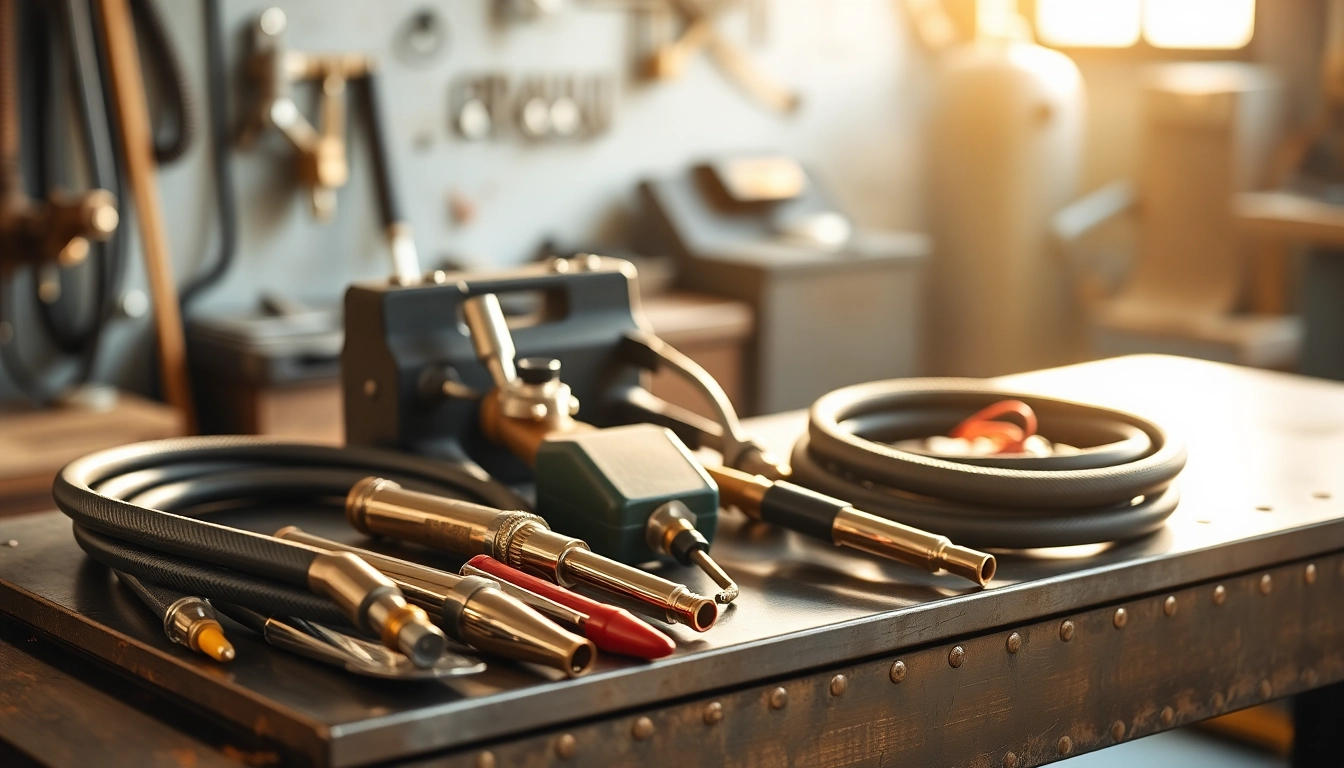
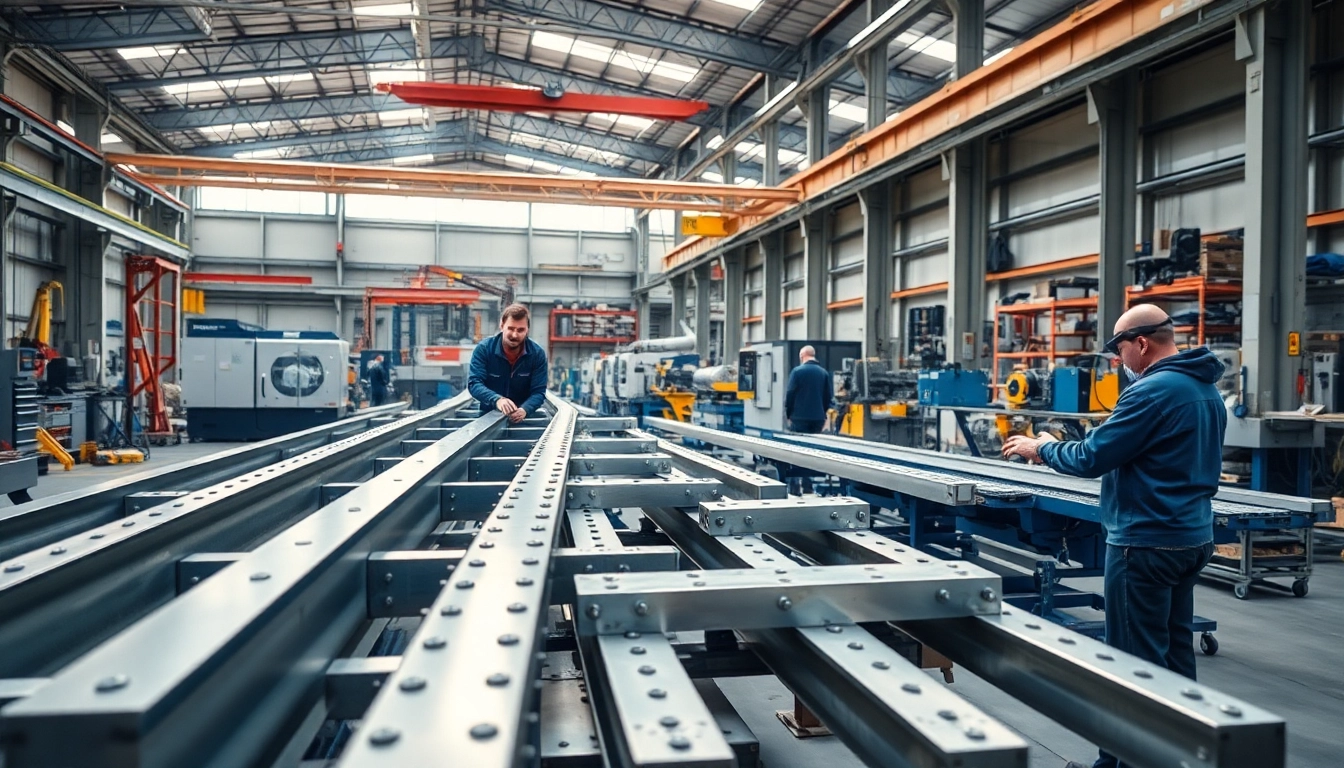
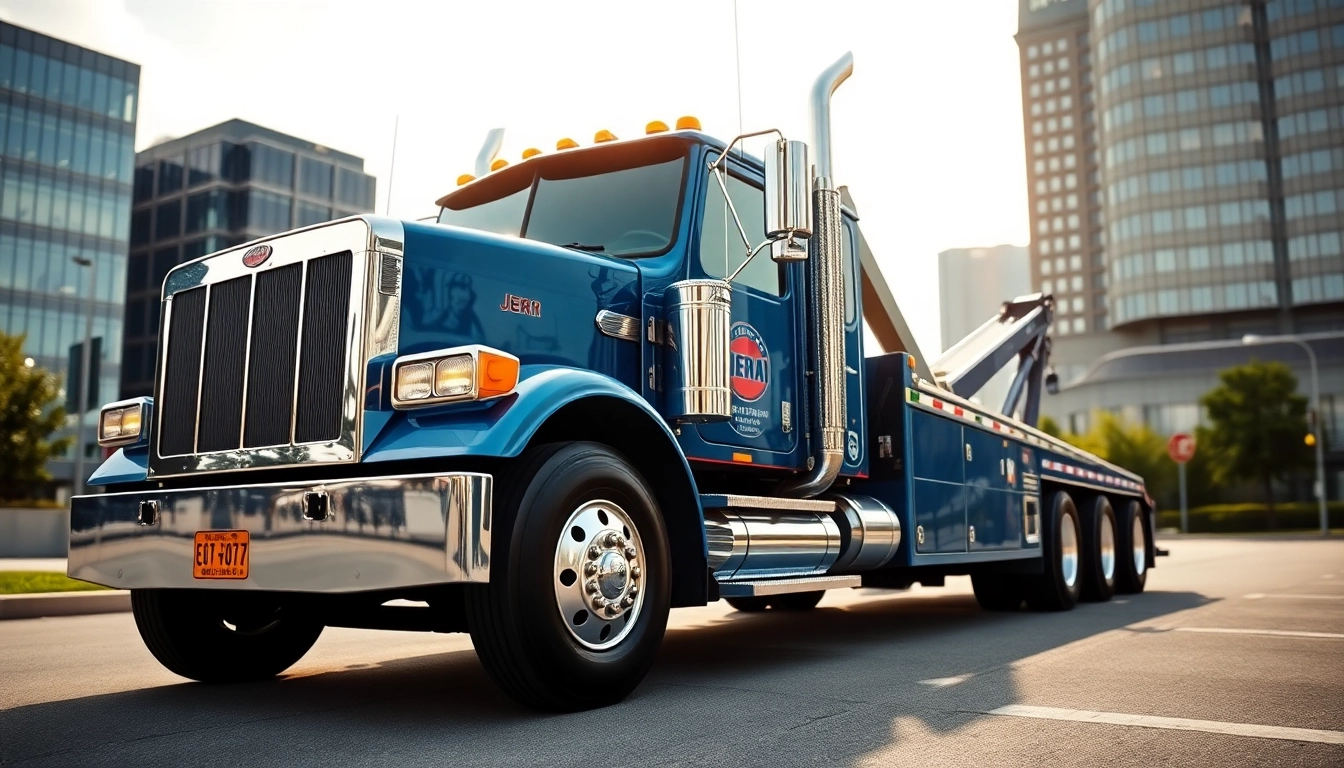
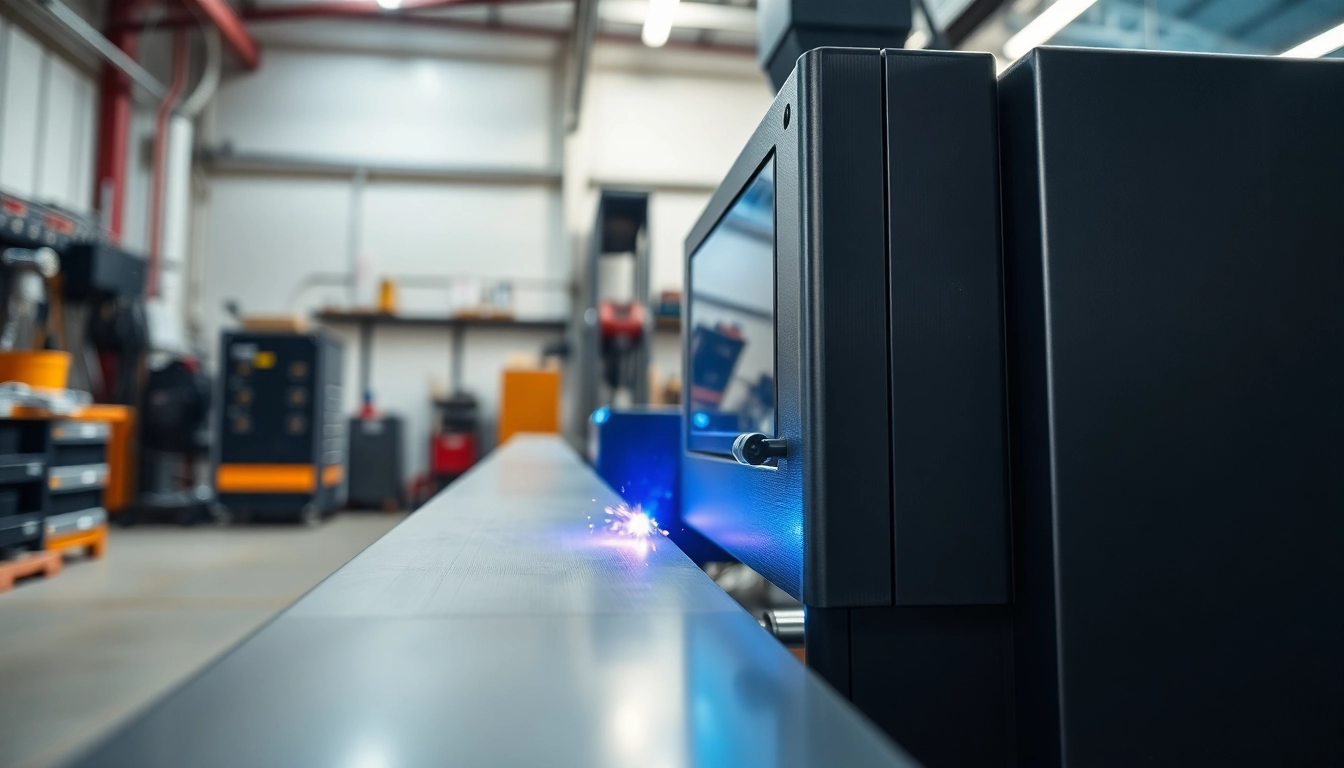
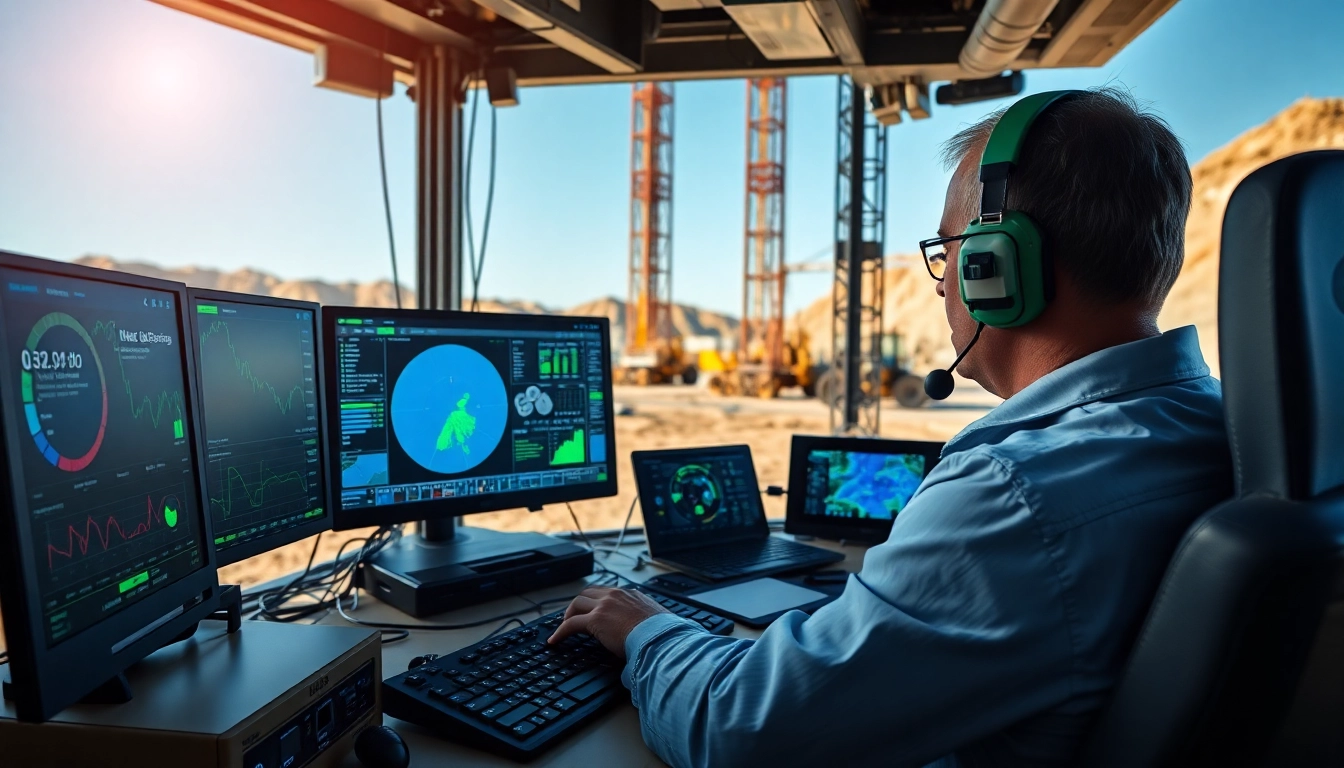



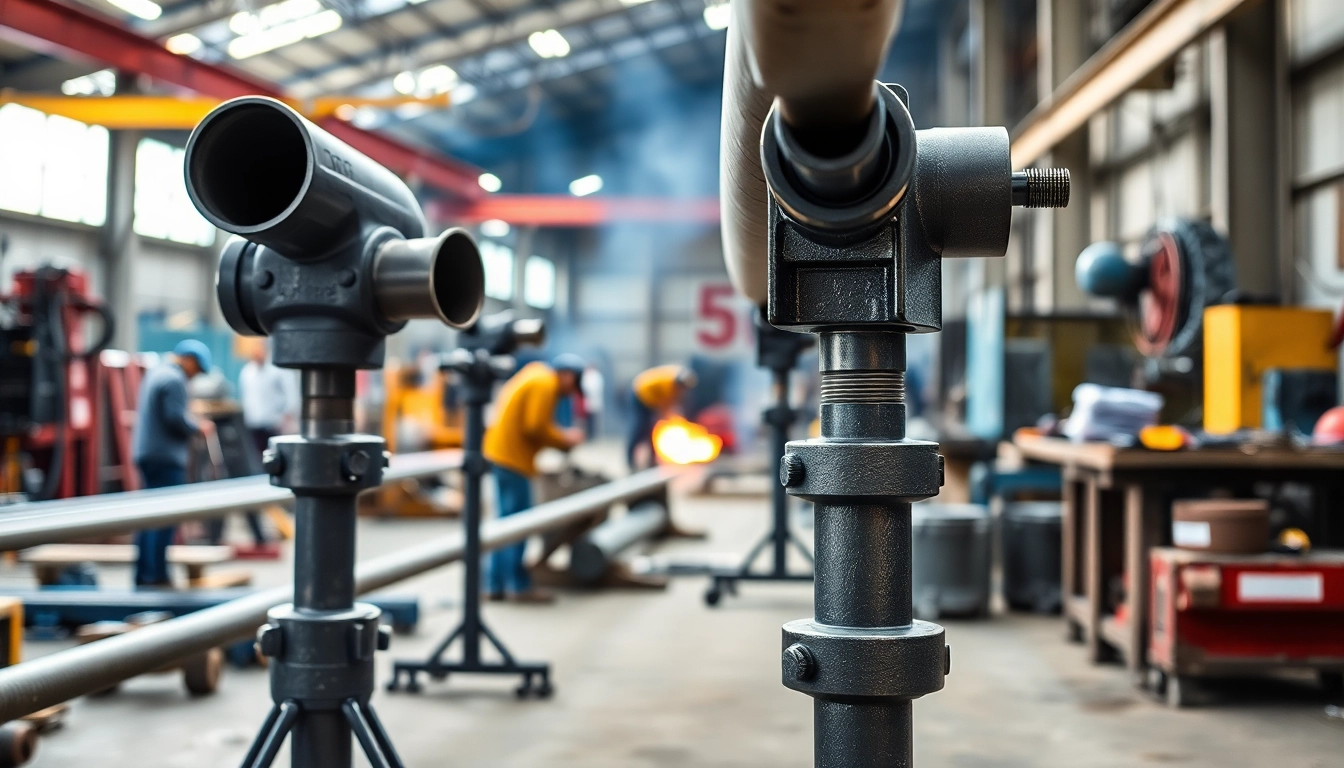



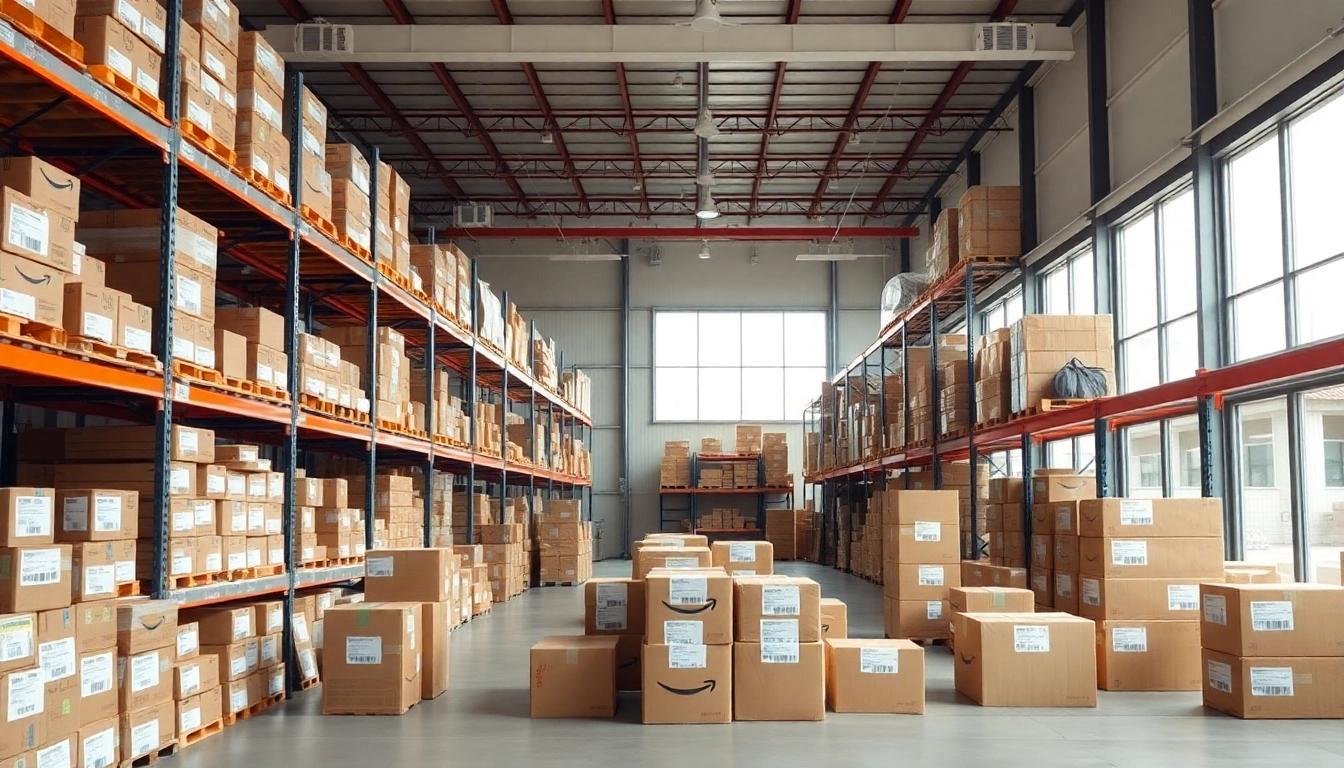


Leave a Reply